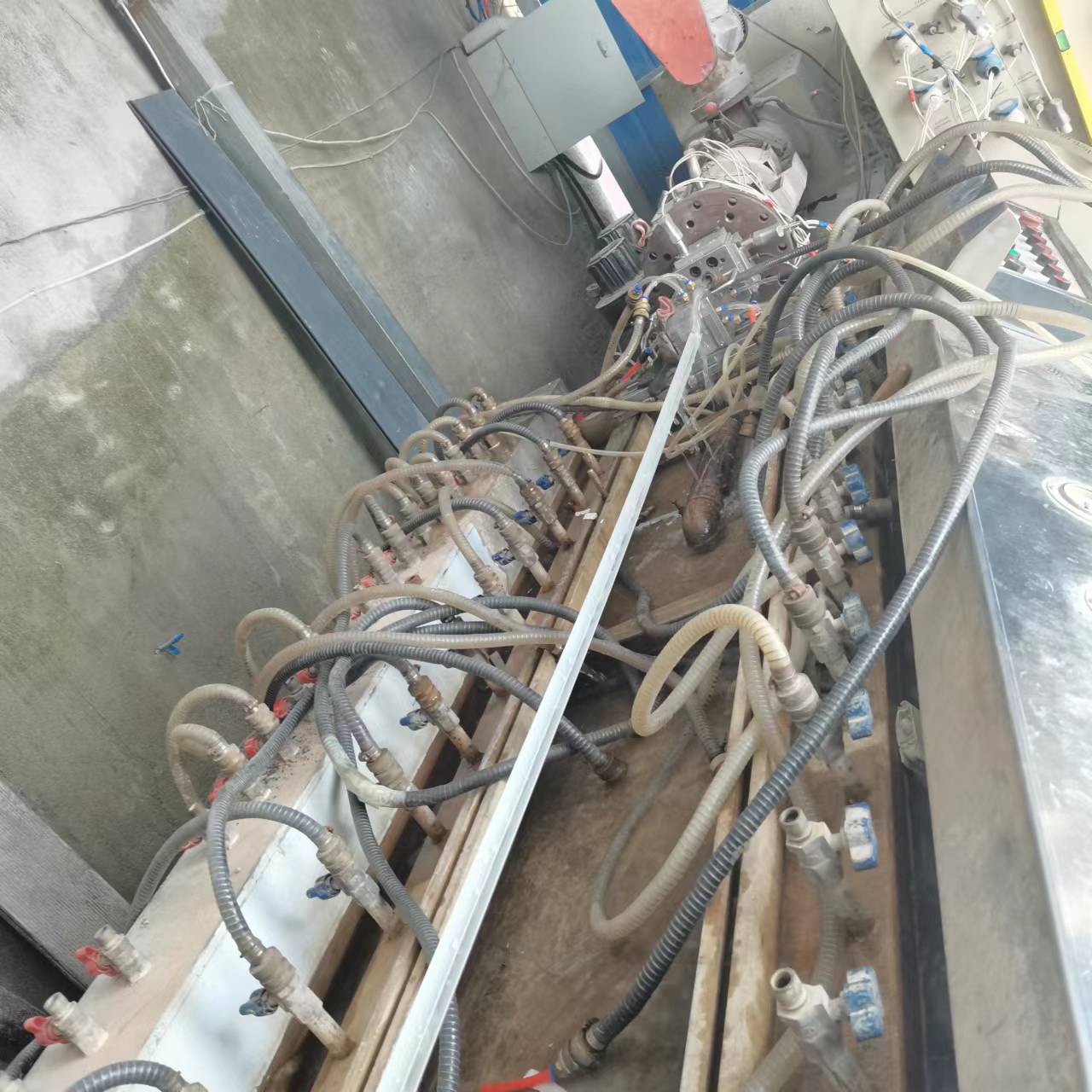Add: 21-2#, Xinggang Road, Huangshigang Industrial Zone, Huangshi City, Hubei Province
Tel: 0086-13597667790
Contact: Kate Yan
E-mail: kate@www.cobaltwiki.com
Website: www.www.cobaltwiki.com
Details

Over the years, there have been three types of dies
commonly used to produce blown film. The first two, a
bottom-fed spider die and a side-fed die, have almost
been replaced by the bottom-fed spiral die, which pro-
vides more uniform resin distribution and eliminates
weld lines caused by the spider holding the mandrel. Air
passes through a center hole in the die and blows up the
bubble or is used for internal cooling. While die technol-
ogy has advanced considerably, requirements of the die
have remained constant. A good die design must accom-
plish the following objectives:
• Produce uniform thickness
• Be streamlined for uniform resin flow with no dead
spaces where polymer degradation can occur
• Minimize the residence time
• Optimize the shear rates for the resins being
processed
• Have a robust design that withstands the rigors of
production in day-to-day operations
Three die designs are shown in Fig. 46.3. Some die
designs use a spider ring to support the mandrels in the
center of the die. Spider support arms disrupt the poly-
mer melt flow through the die, causing weld or knit
lines. Weld or knit lines can cause lower strength where
they occur. To minimize the effect, sufficient residence
time and temperature are needed after the polymer
recombines to allow the molecules to reentangle in the
melt state.
The spiral type die shown in Figure 46.3 has flow
channels around the mandrel with narrower land areas
in between. Polymer enters the bottom, passes through
the channel and over the land to reach the die exit.
Figure 46.4 shows the parts of a bottom-fed spiral man-
drel die in more detail. Polymer melt enters the bottom
and is distributed around the mandrel. The mandrel is
held in place by a spider ring. Air to inflate the bubble
is passed through one of the spider ring legs. The smear
device refers to the deep channel spirals and land areas
between the spirals going around the mandrel circum-
ference as the melt moves to the die exit. Spirals are
deep at the bottom, becoming progressively smaller as
they approach the end, building pressure in the die. Just
prior to the exit is a final, slightly deeper melt reservoir
used to remove melt pressure variations prior to exiting
the die. Heated die lips are used on some blown film
dies to reduce melt fracture caused by high shear stress
at the die lips. The die centering ring is used to adjust
the die gap for uniform melt film thickness around the
entire die.
Information